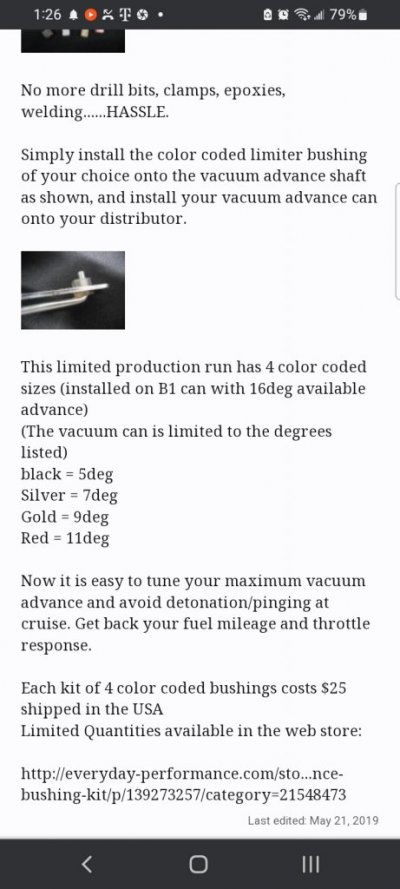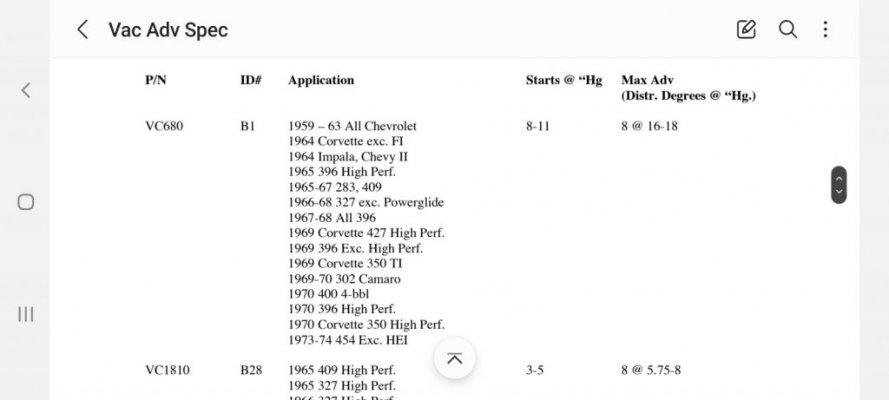At this point I doubt I'm going to do anything more to the ignition system before going to Yakima on Saturday it's actually another farm a bit south east of Yakima so it'll be near 350 miles by the time the day is though. I'll come home loaded with about a ton of feed and go over the pass both ways. But before that I've got some semi-local stuff to do Friday including dropping my Jeep tranny off at the builder, and hauling feed about a ton from him as well. And about 2 hours of driving tomorrow night so I'll get to test it a far bit, before hitting the pass.
So I left the shop a little early so I could take the long way, to the farm where I'd be in a bit of traffic go over a hill and then hit country roads. So I felt like it performed really well. One issue I had earlier in the day was if I was driving at low RPM, for example 45, in over drive and I'd just tip into the gas a little it would ping, pretty much continuously until I gave it a little more throttle, and this is extremely light throttle it was doing it at, it was a pretty light ping which isn't really bothersome on it's own, but I'm not keen on it going on and on under those conditions. So I switched the vacuum advance to ported and that issue stopped. I may switch back and forth a few times before I decide for sure which way I want to run it.
From looking at the factory diagram it looks to me like the vacuum advance ran manifold when cold and ported when warmed up, or possibly some other odd combination. There's a delay valve and the thermo switch on the manifold, which it is run though. So I'm thinking tip-in switch seems to be for larger vacuum drops, but tiny amounts off of no throttle or very little throttle seem to best handled by ported vacuum.
A LONG standing issue I've had this this truck is with it pinging bad like, Ellie niner said "detonate itself into shrapnel" bad at over 3,000RPM, with the secondaries open. So this hill I have to go over, is fairly steep according to google maps it's 1.5 miles long. I can go over it without getting into the secondaries, but if I nail it to the floor at the beginning of the hill I use make it easy 3/4 of the way up the hill before I'd have to let off the throttle and if I was running regular gas I'd let up sooner due to the pinging once over 3K in 2nd gear. So my experience with the ESC on this hill was AWESOME!!! I nailed it at the start of the hill, and two things we obvious when I got into the secondaries. The pinging was pretty much gone. What I mean by that is every few seconds I hear one ping, I'm not sure I've ever heard an engine make one solo ping sound but I think what it was is the ESC would pull 4 hold it pulled for a 1 or 2 seconds release it, detect that ping and pull it back out. I think that's pretty cool for a non computerized engine technology. The really striking thing was I had to let off the throttle 1/2 way up the hill as I'd picked up to much speed, that has definitely never happened before. I thought power was up, but now I know it's up.
Various other times at part throttle, (more than cruise less than 1/2) I would hear what I'd describe as barely audible ping that would last a second or two, I think that's was the ESC managing the ping as well.
At this point I'm just going to monitor it and see how it goes and how I feel about. I can still run premium when I tow if needed, either for ping reduction, or a bit of a power increase as the ESC won't have to back out as much timing.
I wish that it did not ping at all, but what little I get is very light and does not last long, like I said the bulk of it is barely audible, I doubt someone that is not a mechanic would pick up on it, and really I think that is the ESC functioning. It seems like where the newer systems can detect knock before we hear it at all, it's as if the ESC needs to hear it just a bit louder. I think it's just not as fast respond or refined as even the 90's engines that had knock sensors, and that's fine as long as that's really how it's suppose to be. I've never owned an carbureted 305 with standalone ESC system and if I drove one at the shop it was long enough ago that I don't recall it's behavior, my point is I have little to gauge it against except the early fuel injected rigs. For sure I'm happy about the power increase, which I hope means I'll pick up a little fuel economy.
@Ricko1966 Thank you for the part numbers, if I don't use them, someone else might. I think I'm going to run it as is, for now. If it proves to be problematic on any of my hauls this weekend I'll either back down the existing vacuum advance can, or reduce base timing, to get by on until next week when I can get into it again. Of course I'll be running it to the shop tomorrow as well, so we'll see how it does. I'll revisit the vacuum advance again if needed next week.





